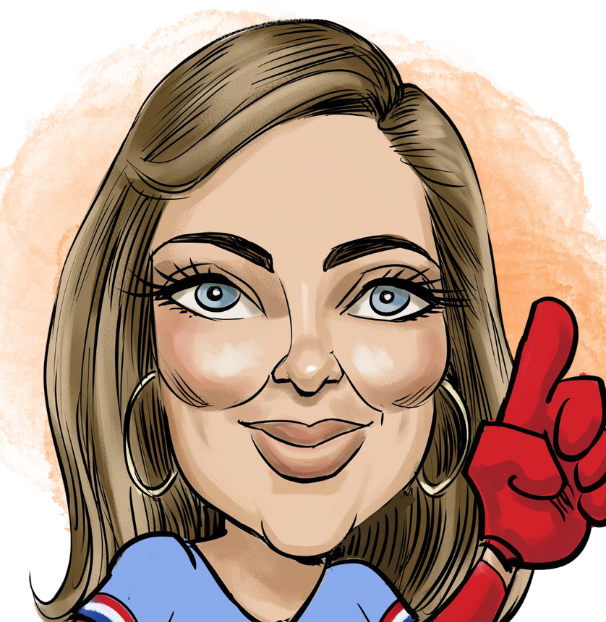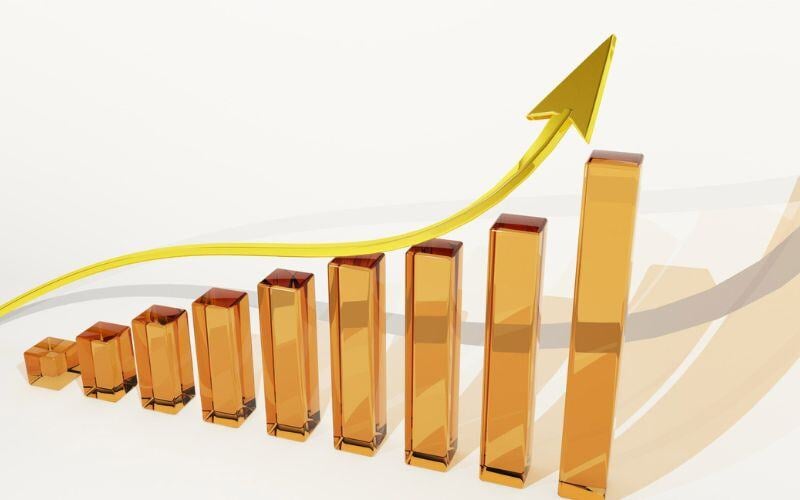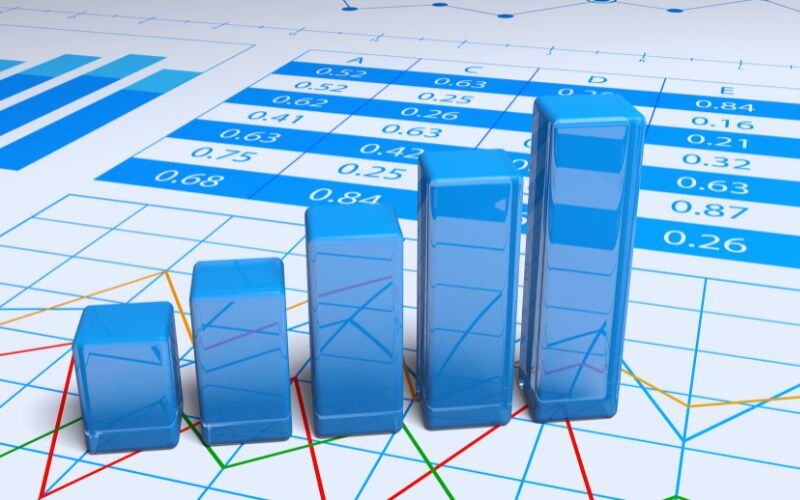If you haven’t heard our philosophy on having a 10-30% cash reserve for your agency, I encourage you to keep reading.
First, what is a cash reserve? A cash reserve is a percentage of revenue you put aside to overcome roadblocks in your way or to take advantage of unexpected opportunities that come along. For example, you might need to tap your cash reserve for growth plans you expect to put into place in 2025. Or, in the case of an unexpected obstacle, you might need to tap your reserve if a bad economy impacts your revenue and you need cash to pay your employees.
Your cash reserve should fall somewhere between 10-30% of your annual revenue. It’s important to note that this isn’t really a one or the other situation. You don’t need to put aside 10% OR 30%. It’s a range and a quick-math guideline. We will show you how to calculate exactly what you need to keep aside in your cash reserve.
It’s also important to note that what you have in your cash reserve also depends on how much risk you are willing to take. 10% equals roughly two months' worth of expenses, while 30% covers about six months. Keep this in mind when deciding on the size of your cash reserve.
How Do I Calculate My Ideal Cash Reserve?
To determine the cash reserve your agency will ideally have, you can follow our formula below.
Basically, you will calculate two numbers and multiply them. Start by dividing annual revenue by 365 – this gives you your average daily revenue. Then, subtract accounts payable days from accounts receivable days: This number represents your cash usage, the amount of time you need to have your bills (AP) covered before your cash comes back in the door (AR). Take these two numbers, and multiply. Now you know how much cash should be in your reserve.
Now remember, we said that you may want more money in your account if you are a little bit more on the conservative side when it comes to risk – or if your agency fits any of the criteria outlined below where you can see the range a $3.5 million agency would want to keep on hand ($350k-$1 million).
However, there are factors that might make you want to move your number up or down, based on the likelihood of needing cash in the near future. All of the factors on the 10% side of the chart point to an agency with steady cash flow, a low chance of needing large sums of cash on short notice and a good backup plan in case they do (i.e. owner liquidity). These agencies have a diverse client base, a strong pipeline and a high close rate – which means that they aren’t as dependent on a single win to stay afloat. These agencies are also not in high growth mode, which means they don’t need to reach for their checkbook quite so often.
The factors on the 30% of the chart point to an agency that has more ups and downs, which makes it more susceptible to individual clients and market whims. They may have a thick book of business, but a high number of Accounts Receivable Days. Agencies that are planning to scale will also be on the higher end of the spectrum, since they should expect large outflows (and unexpected expenses) before seeing increases in revenue.
Regardless of where you fall on the 10-30% spectrum, you’ll want to have a line of credit in an equal amount – and you’ll want to secure it well before you need it. The line of credit can save the day if your short-term cash flow suggests that your AP will be higher than your AR for a certain period. You’ll pay it off as soon as the cash comes in, but you’ll keep your vendors and employees happy in the meantime.

Keep Your Cash Reserve in a Separate Account
Once you have a cash reserve number, we recommend building towards it and, as you do so, using a separate account from your tax account and operating account. This makes it easier to view it as its own, separate entity – which makes cash flow management easier. Since the dollar amount will be relatively high, put your cash reserve in an account that can make you a bit more interest. This might be a high interest savings account, money market, or CD for example.
I hope this helped you determine what your cash reserve should ideally look like. If you need help planning how to reach this figure, we are always available to chat. And if you’d like to learn more about how we help small and medium sized agencies like yours reach their goals, check out our virtual CFO services.
.png?width=120&height=77&name=Summit-Virtual-CFO_color_rgb%20(1).png)














